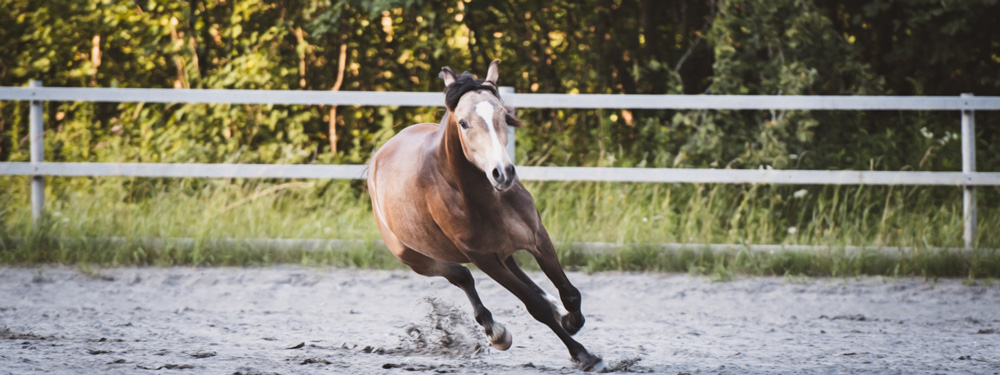
How to tell the difference – and why it matters.
When a horse tosses its head, jogs on the spot, or seems full of energy – the word excited often comes up.
“She’s just excited!”
“He loves to run.”
“He’s full of beans today.”
But here’s the thing: what looks like excitement can often be anxiety in disguise. And understanding the difference isn’t just a matter of semantics, it’s vital to your horse’s well-being.
Excitement vs. Anxiety: What's the Difference?
Excitement and anxiety are both high-arousal emotional states – meaning your horse’s heart rate, breathing, and energy levels are elevated. But the emotional valence is different:
Excitement is positive – the horse is anticipating something enjoyable or engaging.
Anxiety is negative – the horse feels uncertain, unsafe, or unable to predict what will happen next.
Both states may show up in similar physical ways, but they feel very different from the inside.
Signs Your Horse Might Be Anxious (Not Just “Energetic”)
Constant movement that doesn’t settle (pacing, weaving, circling)
Head tossing with tight facial muscles
Tense tail swishing, clamped tail, or overactive blinking
Sudden spooking or “freezing” moments
Avoiding saddling, mounting, or certain areas
Difficult to catch or overly clingy in the paddock
Difficulty eating, drinking, or relaxing
If these behaviours show up regularly, especially in new environments or under pressure, they’re worth paying attention to. Your horse may be communicating: I’m not okay.
Why It Matters
Calling anxiety “excitement” can lead to missed opportunities for support. A horse that’s anxious but constantly pushed through it may begin to:
Shut down (learned helplessness)
Explode suddenly (when their stress cup overflows)
Lose trust in their environment, and in you!
When we recognise anxiety early, we can adapt – offering more space, changing context, working slower, or using positive reinforcement to rebuild confidence.
What You Can Do Instead
Look at the whole body : not just the movement, but the tension, eyes, breath, and muscle tone
Consider the context : is this a predictable, safe setting, or something unfamiliar and pressured?
Slow things down : give your horse time to process and respond
Ask for consent : does your horse move toward the interaction, or pull away?
Work with a behaviour professional : someone who reads body language and emotional states with nuance
Excitement Is Still Real - You’ll Know It When You See It
A truly excited horse is:
Curious
Engaged
Soft through the body
Willing to participate
Bounces back quickly from startles or changes
They’ll look alert – not braced. Forward – not frantic. Open – not guarded.
And when you see that shift, you’ll feel it too.